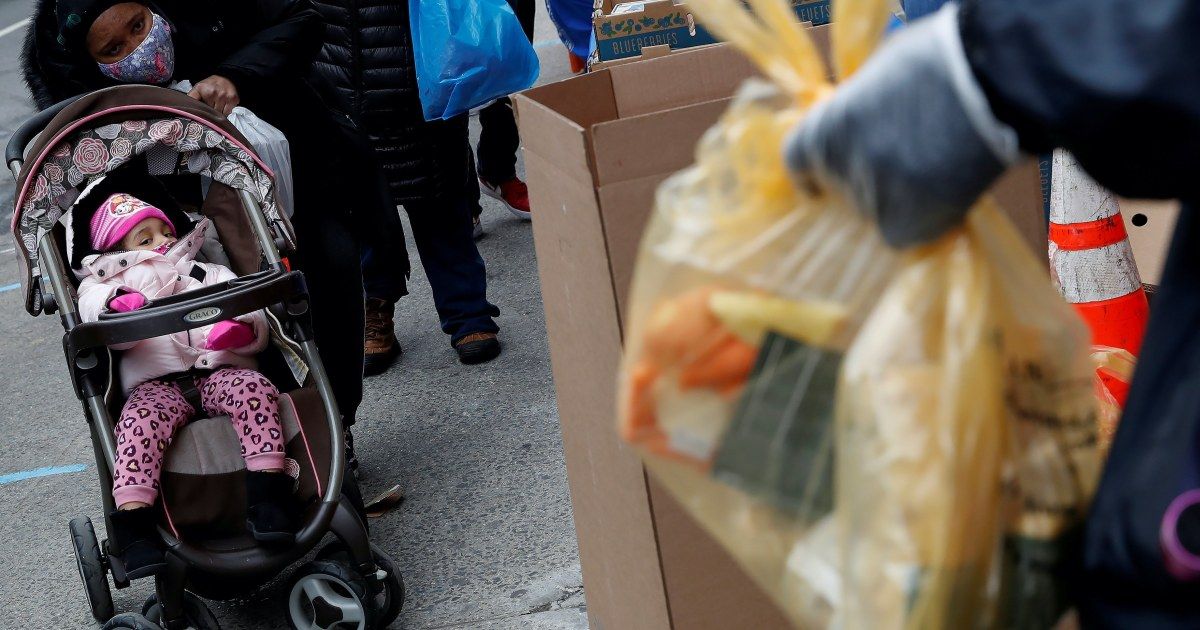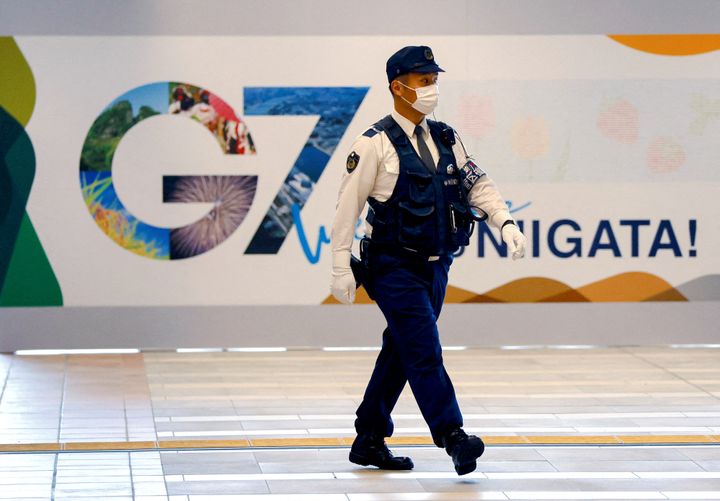America’s child poverty problem, by the numbers

A few minutes every morning is all you need.
Stay up to date on the world's Headlines and Human Stories. It's fun, it's factual, it's fluff-free.
During his speech, Biden stated: “Thanks to the American Rescue Plan, we’re on track to cut child poverty in America in half this year.”
- During his first address to a joint session of Congress, President Joe Biden spoke of the challenges facing the United States and the successes his administration has already had.
- Biden celebrated the passage of the American Rescue Plan, the US$1.9 trillion economic stimulus package signed into law in March.
- While that plan was created to address the COVID-19 pandemic and its economic impact, the stimulus package also aimed to tackle larger, systemic problems.
- One of those issues is child poverty in America.
A partisan divide on child poverty?
- During his speech, Biden stated: “Thanks to the American Rescue Plan, we’re on track to cut child poverty in America in half this year.”
- The comment was met with applause from the Democrats in the room, but not the Republicans.
- That was probably because the American Rescue Plan didn’t receive a single Republican vote.
- But liberal commentators were quick to point out the optics of Republicans not applauding for reduced child poverty.
- Alternatively, some on the progressive left responded to the comment by suggesting it didn’t go far enough.
- Marianne Williamson, a one-time Democratic candidate for president, tweeted during the speech, “I don’t want to cut child poverty in half. I want to eradicate child poverty.”
- Similarly, Briahna Joy Gray, former press secretary for Senator Bernie Sanders, criticized the Biden administration’s actions on the issue, tweeting, “The ethics of wanting to cut child poverty in half but only temporarily are dubious.”
- With a seemingly uncontroversial issue like reducing child poverty getting such a divided political reaction, it’s worth understanding what child poverty in America really looks like.
How many children are in poverty in the US?
- According to the Center for American Progress, a liberal policy think tank, there are nearly 11 million children who are living in poverty in the US, or one in seven American children.
- This is based on data from the intergovernmental Organisation for Economic Cooperation and Development (OECD), which is made up of 37 countries.
- According to the OECD, in 2017, the US had a greater percentage of children (aged from 0 to 17) living in poverty than almost all member countries. The only countries that had higher child poverty rates were Chile, Costa Rica, Israel and Romania.
- If the US did cut its child poverty rate in half, it would suddenly be in the lower half of the OECD nations.
- The good news is the child poverty rate has been dropping in recent years. Since 2014, the number of children living at the poverty line has steadily declined, from approximately 21.1% in 2014 to 14.4% in 2019.
- The bad news is the pandemic has worsened the economic situation for millions of Americans. While full data for 2020 is not yet available, it’s safe to assume that high unemployment didn’t help child poverty rates.
- The child poverty rate went up following the 2008 Great Recession, so there is reasonable concern it could do so again in the wake of the pandemic.
- Especially worrying is the fact that the likelihood of living in poverty is even higher for children of color.
- In 2019, 26.5% of Black children were living in poverty and 20.9% of Hispanic children were. For white children, it was 8.3% and for children of Asian or Pacific Islander heritage, the rate was 7.7%.
What is the poverty line?
- Known by various terms, including the “poverty threshold,” the poverty line is based on how much income a person or family has.
- Because different countries have different economic levels, the poverty line isn’t the same across the globe.
- In the US, the most recent figures set the poverty line at US$12,880 for an individual. That means a person earning exactly that amount or less is living in poverty.
- As more people are added to a household, the poverty line goes up. For two people, it’s US$17,420, for three, it’s US$21,960, and so on.
- For each additional person, the dollar amount goes up by US$4,540.
- These numbers are for the 48 contiguous states and Washington, D.C. Hawaii and Alaska are slightly higher.
- For 2019, the official poverty rate for all ages in the US was 10.5%.
- That meant there were 34 million Americans living in poverty.
- It’s too early to know the full extent of the pandemic’s economic impact, but some pessimistic projections believe the percentage could jump up to as high as 13.7%.
- But that estimate by the Income and Benefits Policy Center was made before the passage of the American Rescue Plan.
Have a tip or story? Get in touch with our reporters at tips@themilsource.com




Comments ()